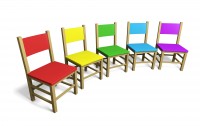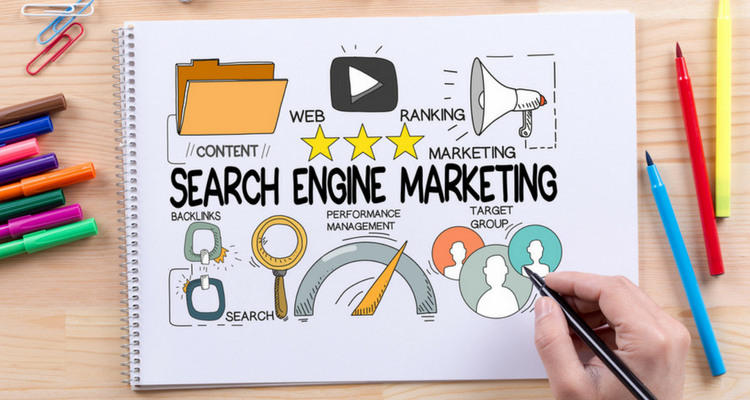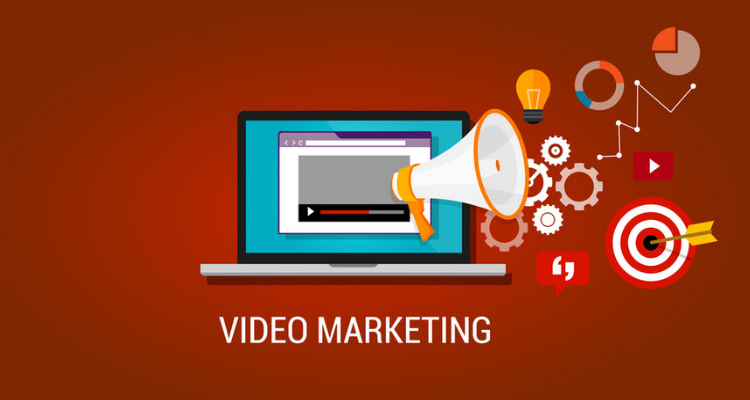 We’ve all fallen into that ‘ground hog day’ trap of preparing a 100 slide presentation full of facts, data and charts that we’ve spent days preparing. Because we’ve sat there and mulled over it for so long, we’ve had time to absorb it. If we’re really honest though, do we really expect our audience to remember it all?
We’ve all fallen into that ‘ground hog day’ trap of preparing a 100 slide presentation full of facts, data and charts that we’ve spent days preparing. Because we’ve sat there and mulled over it for so long, we’ve had time to absorb it. If we’re really honest though, do we really expect our audience to remember it all?
You’ve been there, admit it, when the first data filled slide pops up on screen and the presenters mono tone voice begins to read out the facts, you find yourself slip into an almost catatonic stare. How many wasted presentation hours do you think there are in Australia every day?
It’s quite ironic that PowerPoint can sometimes be ‘PowerLess’ if not used effectively. Some say to abandon it all together. However, for most of us it is a necessary evil and it would be nearly impossible to do our job without it. That doesn’t mean we should just settle for doing our presentations the way we always have just because it’s easy, safe and comfortable. Don’t you want to make an impact? Make a change? Win a client? Motivate your team for that next big project? Not waste yours and others time?
In an effort to change how the team at Marketing.com.au go about presenting, we’ve reviewed some very cool articles, including blog posts from Clay Johnson and Seth Godin. We also came across one particularly interesting book you may have heard of by Nancy Duarte called ‘Resonate‘. There is a hard copy version but we’re loving the interactive version for the iPad with touch animation, videos etc. a very entertaining read!
If you don’t have time to do a little reading yourself, we’ve summarised below some of the top tips we came across for a GREAT presentation:
PREPARE
- Find out about your audience and how you can connect with them (how are you alike, create a common ground, mutual goals).
- Diverge and converge. Begin with exploring as many ideas or facts as possible (diverge) and then narrow them down (converge) to one big idea that will have an impact on your audience.
- Have a solid structure to your presentation (e.g problem and solution, compare and contrast, cause and effect, advantage and disadvantage).
- Blend analytical content or facts (e.g diagrams, data, facts etc.) with emotional content (e.g stories, humour, images etc.).
- Embrace your creative side.
- Stories are an extremely powerful delivery tool. Remember they have a clear beginning, middle and end.
- Avoid the inbuilt animation and sound effect options.
- Use unique music or sound effects to your advantage to create emotion.
- Create a moment in your presentation when you drive home your big idea. Make it dramatic and something they will remember.
- Brevity is your friend. Seth Godin recommends no more than 6 words per slide (this is a tough one, but good food for thought).
- Don’t waste your audiences time.
- Create a call to action. What is the benefit or reward that will persuade your audience to change?
PRACTICE
- Practice, Practice and Practice some more! If you know your slides well, they will move with you rather than you following them.
- Ask friends or colleagues to watch you practice your presentation and give you feedback. You may not always have the time, but try to make it as this can help your confidence and fine tune your presentation to have the right impact.
- Video record yourself practice so you can see what your audience will see. If you lose interest at any point watching yourself present, you know you need to change something.
- Make cue cards or use the presentation notes on your laptop to have the detail you want to remember to talk to rather than putting it on the slide.
- Create a written leave behind document (not a printout of your slides) that you can leave at the end of your presentation with any data you think they might be interested in.
PRESENT
- Be early. This will give you time to prepare and relax to make sure you’re not flustered.
- Be transparent.
- Leave arrogance and ego at the door, it’s all about your audience.
- Think of yourself as the mentor.
- Don’t sit down, move around and use gestures as you present, to entertain your audience.
- Use your voice to convey emotion and evoke interest.
- Don’t mumble, project your voice right to the back of the room.
- Look your audience in their eyes, create a personal connection.
- Show your humanness when you present, it’s a great way to stand out.
- Empathise with your audience and their situation, what they may have to sacrifice or risk.
Before you go, we thought we’d share this great quote by Henri René Albert Guy De Maupassant that is referenced in Nancy Duarte’s book ‘Resonate’:
“The public is composed of numerous groups that cry out to us: ‘Comfort me.’ ‘Amuse me.’ ‘Touch my sympathies.’ ‘Make me sad.’ ‘Make me dream.’ ‘Make me laugh.’ ‘Make me shiver.’ ‘Make me weep.’ ‘Make me think.'”
Here’s a quick clip where Nancy Duarte introduces her book ‘Resonate’:
http://youtu.be/H-VLi3R4DmY
Do you have any other tips you can share? We’d love to hear from you below.
Calie Salter
Latest posts by Calie Salter (see all)
- Australian Marketing Conferences and Events – May 2019 - April 24, 2019
- Australian Marketing Conferences and Events – April 2019 - March 30, 2019
- Australian Marketing Conferences and Events – March 2019 - March 1, 2019







